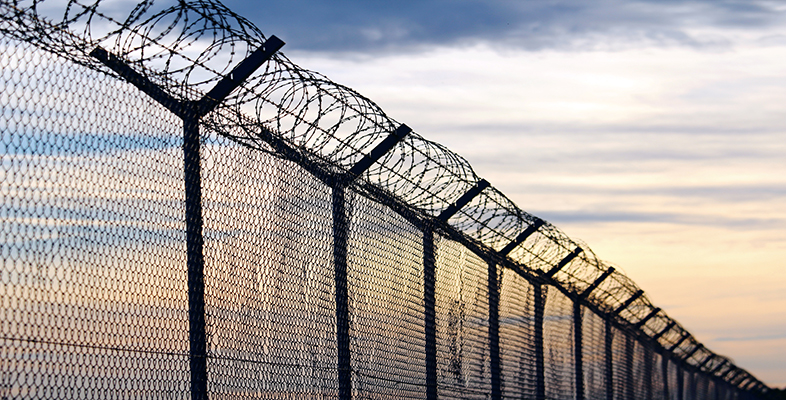2.1 Structural inequality and ways of seeing ‘natural disasters’
As you have seen, then, the view of Hurricane Katrina as a natural disaster soon started to be challenged. In the clip you watched by U.S. President Barak Obama, he stated that ‘What started out as a natural disaster became a man-made disaster’ and argued that the authorities had to take some responsibility for the inadequate response to the disaster that had taken place in one of the richest and most economically developed nations in the world.
In some respects, this can be seen as rationalised through traditional theories of crime, arguing that criminal (or harmful events) can be explained through the actions or inaction of particular individuals, groups or organisations: problems are explained by what people do or do not do. However, a social harm approach to criminology suggests that the causes of harm might lie not in particular actions, but in structures of inequality which underlie the harmful outcomes. These structures of inequality may be present whether or not a ‘natural disaster’ strikes, but they are amplified and made much more apparent when it does.
Structural inequalities can be seen as the systematic and persistent differences between social groups in the ownership of, or control over, valued resources which result from the organisation of societies and their institutions. For example, there are inequalities in access to wealth between males and females in all societies, and most scholars accept that the inequalities are not a result of any kind of ‘natural’ or chosen differences, but are a result of structures – be they political, legal, historical social, cultural, or economic – that maintain such inequality. In the USA, inequalities between social classes and between ethnic groups can be seen as structural in terms of who is more or less likely to have access to prestigious and well-paid jobs. In the context of Hurricane Katrina, inequalities of power (particularly the power to influence government policy) and material resources were arguably at the root of the harms that followed the hurricane.
From this perspective, rather than a ‘natural disaster’, the hurricane was a ‘natural event’ but it was New Orleans’ structures of inequality that transformed it into a ‘disaster’. Such structural inequality meant that many disadvantaged residents of New Orleans bore the greater risks from hurricanes, for example by being housed in areas more susceptible to flooding and through the lack of political influence to leverage state-support to respond to or withstand the effects of the hurricane.
Evidence has indeed been cited to support the argument that Hurricane Katrina had a disproportionate impact on particular social groups. Some U.S. research has suggested that the costs of Hurricane Katrina in terms of lives, housing, education, healthcare and employment were disproportionately borne by the some of the most vulnerable, including the poor, older people, and also suggesting a gendered impact reflecting gender inequality as well. Furthermore, ethnicity was seen as a particularly significant factor in terms of who was affected (Hartman and Squires, 2006b). Structures of inequality have also been particularly highlighted in relation to ethnicity: according to the Huffington Post (Asante-Muhammad and Patterson, 2016) ‘more than 30% of black households are under the poverty line ($23,850 or less for a family of four), compared to just 4.9% of white households’, while CBS News ranked New Orleans as the fourth highest in its study of cities with greatest inequality of the top 100 richest U.S. cities (Picchi, 2018).
The role of structural inequality in any context is contested and how it is viewed can be seen as strongly connected to political and economic ideologies that dominate. In the USA, arguments are often put forward about freedom of opportunity for all (‘The American Dream’), and the potential for mobility and responding to situations of disadvantage. On the other hand, many would point to the complex nature of structural inequality where multiple inequalities – in health, education, neighbourhood, ethnicity and environmental risk for example – mean that opportunities and abilities to respond to adversity are much more limited. It has further been argued that the harms associated with structural inequality need to be highlighted for the significance that they have.
